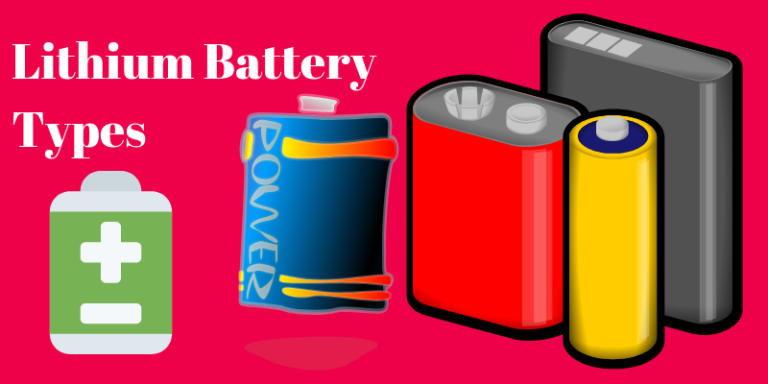Lithium batteries come in various types, each with its own characteristics and applications. The main classifications of lithium batteries include:
- Lithium-Ion (Li-ion) Batteries:
- Li-ion batteries are the most common type of rechargeable lithium batteries. They are widely used in consumer electronics, electric vehicles, and energy storage systems. Li-ion batteries offer high energy density, long cycle life, and relatively low self-discharge rates.
- Lithium Polymer (Li-Po) Batteries:
- Li-Po batteries are a type of lithium-ion battery that uses a polymer electrolyte instead of a liquid electrolyte. They are often used in thin and flexible applications, such as smartphones, tablets, and wearables. Li-Po batteries are known for their lightweight and compact design.
- Lithium Iron Phosphate (LiFePO4) Batteries:
- LiFePO4 batteries are a type of lithium-ion battery with a cathode material made of lithium iron phosphate. They are known for their enhanced safety, longer cycle life, and stable performance at high temperatures. LiFePO4 batteries are commonly used in electric vehicles, solar energy storage, and power tools.
- Lithium Nickel Cobalt Manganese Oxide (Li-NMC) Batteries:
- Li-NMC batteries, also known as NMC or LiNiCoMnO2 batteries, are a type of lithium-ion battery that uses a combination of nickel, cobalt, manganese, and lithium as active materials. They offer a good balance of energy density, power capability, and longevity. Li-NMC batteries are used in a variety of applications, including electric vehicles and grid storage.
- Lithium Nickel Cobalt Aluminum Oxide (Li-NCA) Batteries:
- Li-NCA batteries use a cathode composed of nickel, cobalt, and aluminum. They are known for their high energy density, making them suitable for electric vehicles and high-performance electronic devices. Tesla’s electric vehicles, for example, use Li-NCA batteries.
- Lithium Titanate (Li4Ti5O12) Batteries:
- Li4Ti5O12 batteries, often referred to as LTO batteries, use lithium titanate as the anode material. They are known for their excellent cycle life, fast charge/discharge capabilities, and safety. LTO batteries are commonly used in applications where rapid charging and long cycle life are crucial, such as in buses and certain power tools.
- Solid-State Lithium Batteries:
- Solid-state lithium batteries are an emerging technology that replaces the liquid or gel electrolyte with a solid electrolyte. They have the potential to offer higher energy density, improved safety, and longer cycle life compared to traditional lithium-ion batteries. Research and development are ongoing in this area.
These classifications represent some of the major types of lithium batteries, each designed for specific applications based on factors such as energy density, power density, safety, and cost. The choice of a lithium battery type depends on the requirements of the intended application.


